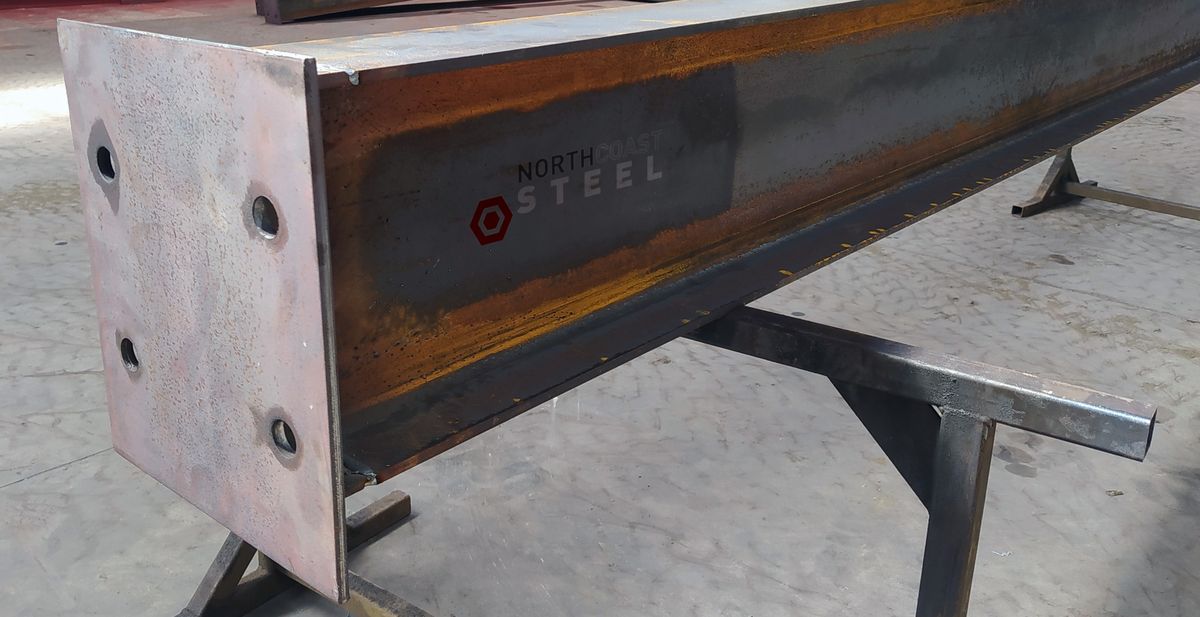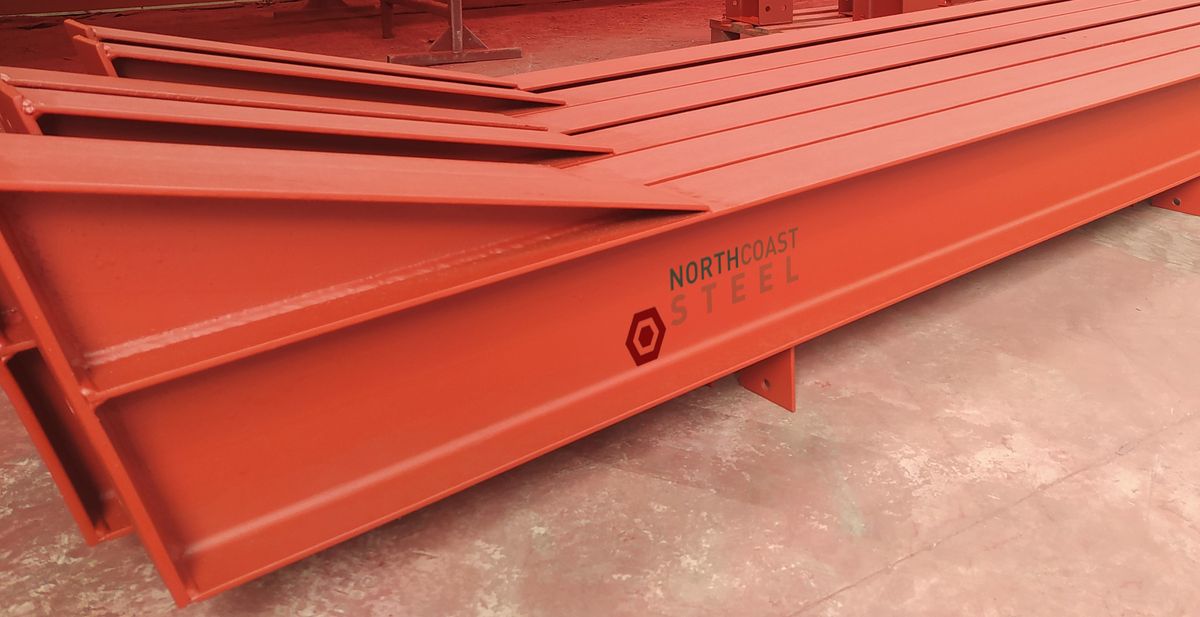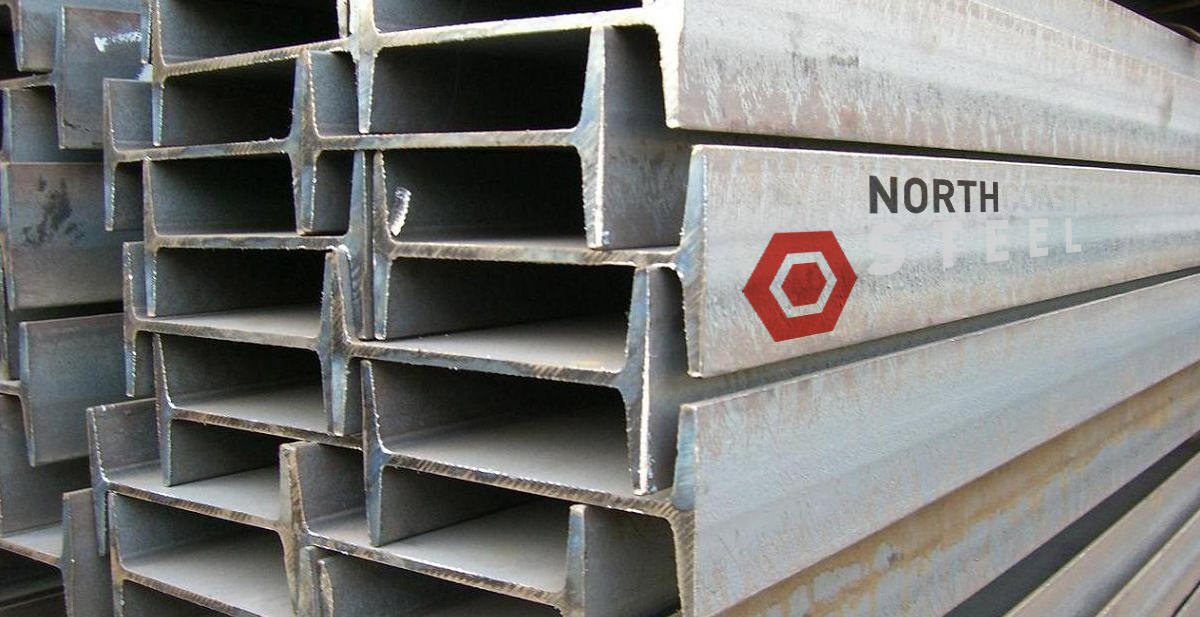Raw steel
Untreated raw steel is very prone to corrosion. Corrosion is an electrochemical reaction when acidic substances (including water) come in contact with metals like steel, rust begins to form. Rust is the result of corroding steel after the iron (Fe) particles have been exposed to oxygen and moisture (e.g., humidity, vapor, immersion). When steel is exposed to water, the iron particles are lost to the water’s acidic electrolytes. The iron particles then become oxidized. The hydroxyl ions react with the iron (Fe) to form hydrous iron oxide (FeOH), better known as rust.
Primed Steel
Priming is done using a zinc rich paints with high levels of the metal pigment suspended in the paint. This kind of paint creates a metallic zinc film that acts as a physical barrier, as well as providing cathodic protection for the underlying steel. Zinc rich paints have been known to be the most effective anti-corrosion paint. When applying, the thickness of these zinc primers can vary between 6 and 125 microns. Depending on environmental conditions, zinc can corrode at a rate of up to 100 times slower than other metals.
Because of this fact the main application area of zinc powder paints is in the protection of industrial constructions: steel infrastructure, pipelines, bridges, windmills and offshore rigs.
Galvanised Steel
The process of galvanising is done by dipping clean raw steel into a bath of molten zinc at a temperature of around 450 °C. This causes a series of zinc-iron alloy layers to be formed by a metallurgical reaction between the iron and zinc. This provides the steel with a protective coating with its anti-corrosion properties.
In order to ensure that the steel gets best results from galvanising, the item is dipped in hydrochloric acid at ambient temperature to remove rust and mill scale.
Further the steel can go through a post galvanizing process treatment that can include quenching into water or air cooling.


